
 Truck-mounted CPT unit at work at Amsterdam's airport.
Truck-mounted CPT unit at work at Amsterdam's airport.
Fugro-Suhaimi Limited (FSL), one of Saudi Arabia's leading geotechnical engineering firms, says it now offers cutting-edge technology for site investigation.
FSL's existing truck-mounted 20-tonne cone-penetrometer machine was last year upgraded to computerised, electric piezo-cone capability.
''Using the new equipment, site investigations can be conducted faster and more economically than by conventional methods. Combined with boreholes to recover samples for examination, piezo-cone penetrometer soundings (PCPTs) provide readily-processed subsurface data at near-centimetre resolution,'' says geotechnical division manager Jim Harrison.
He continues: ''PCPTs come closer to bridging the gap between the engineer's requirement for reliable data and the site owner's requirement for cost-effective information than any other site-investigation method yet invented.''
Since 1964 Fugro, FSL's Netherlands-based parent company has successfully developed and modified the electric cone penetrometer as an in-situ testing technique for use in site investigations.
The cone penetrometer forms the basis of a variety of tools and equipment used by Fugro for soil surveys both onshore and offshore. The electric cone penetrometer supersedes the mechanical cone penetrometers, such as the Delft or Begemann types.
It is said to offer a significant advantage in that continuous and direct recording of cone resistance, sleeve friction, and pore pressure is obtained with a high degree of resolution, accuracy, and reliability. The method, whether employed onshore or offshore, provides a fast and efficient investigation technique, he says.
The cone penetration test (CPT) technique is similar for all the various types of penetrometers. Penetration is achieved with a hydraulic jacking system, while the cone resistance is measured by means of electrical strain gauges located inside the cone penetrometer. The electrical signals are transmitted via a cable to a data acquisition unit in the operations control unit. Data are stored on a magnetic medium and at the same time displayed graphically on a computer VDU screen.
''One of the most important and widely used applications of the system is stratigraphic profiling, as an accurate knowledge of soil layering is essential to any geotechnical study,'' Harrison explains. ''The continuous penetration record, together with the high-resolution logging rate of 1 Hz, means the engineer can identify thin layers that might be missed using conventional investigation methods. Because of the speed of operation of the testing system, the data can be acquired both quickly and economically. In addition, CPT results can be used to indicate the optimum locations of boreholes and the most suitable depths for taking undisturbed samples.
''Extensive research has indicated that the three main parameters measured with the PCPT - cone resistance, sleeve friction, and pore pressure - can be used to identify soil types. In particular, the ratios of sleeve friction to cone resistance and pore pressure to cone resistance vary significantly from cohesive soil to granular soil. Cemented soils can also be readily identified. In addition, empirical relationships have been established between PCPT measurements and other in-situ soil properties. These include undrained shear strength of cohesive soils and relative density of cohesionless (granular) soils. Similarly, direct empirical correlations have been developed between PCPT test data and foundation design parameters such as skin friction and end bearing of piles.''
To enable tests to be performed in the wide variety of soils and soft rocks encountered during site investigations, Fugro has developed a range of electric cone penetrometers, such as:
For readings in soft and very soft soils, the above cone penetrometers can be fitted with sensitive electronics to enhance resolution. Other special sizes have been built to fit non-standard applications. In addition, cone penetrometers have been developed for special in-situ measurements which include:
All cone penetrometers are calibrated in the Fugro laboratory, and regular checks on performance are made in the field prior to and after testing.
Fugro has incorporated electric cone penetrometer equipment into a variety of operational units for different conditions and depths of investigation, such as:
''Cone penetration tests performed are carried out in general accordance with published standards including those of the American Society for Testing and Materials (ASTM), the British Standards Institute (BSI), and the International Society for Soil Mechanics and Foundation Engineering,'' Harrison says. ''Fugro-Suhaimi will be pleased to respond to any enquiries about these systems,'' he adds.








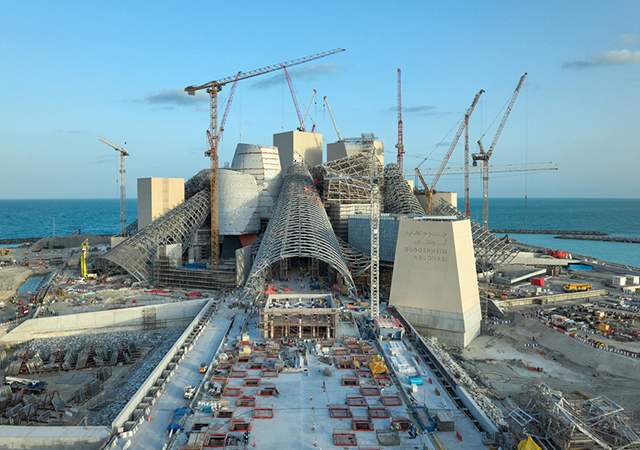
.jpg)





.jpg)


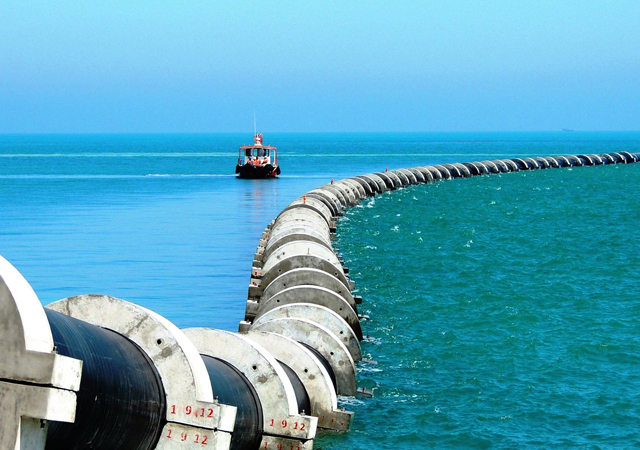


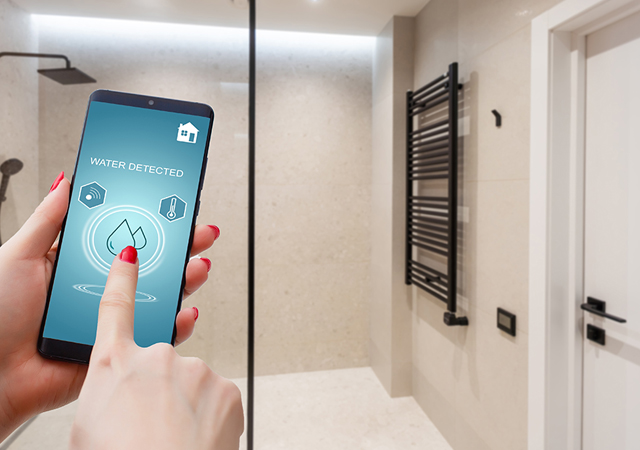
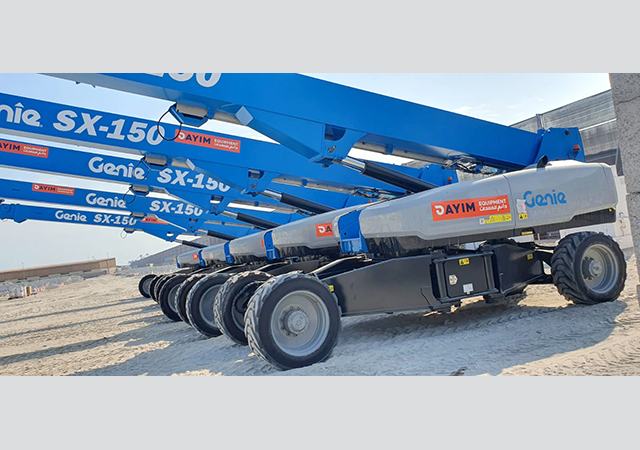
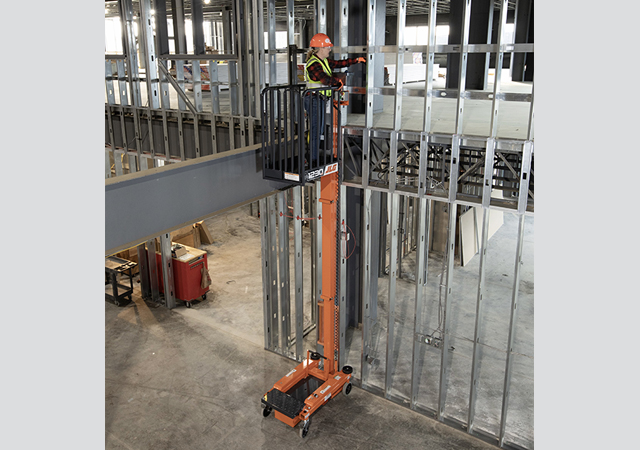
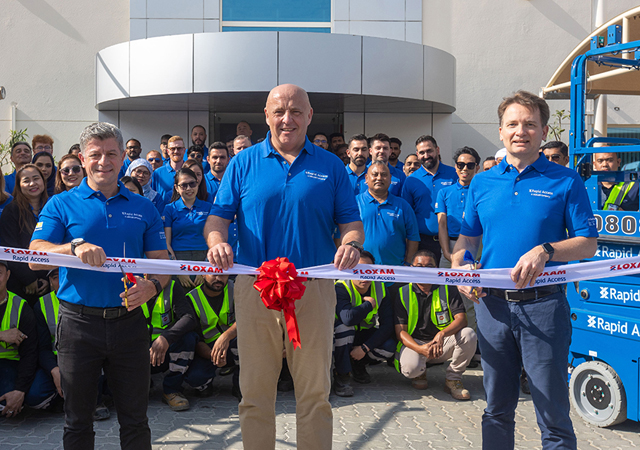
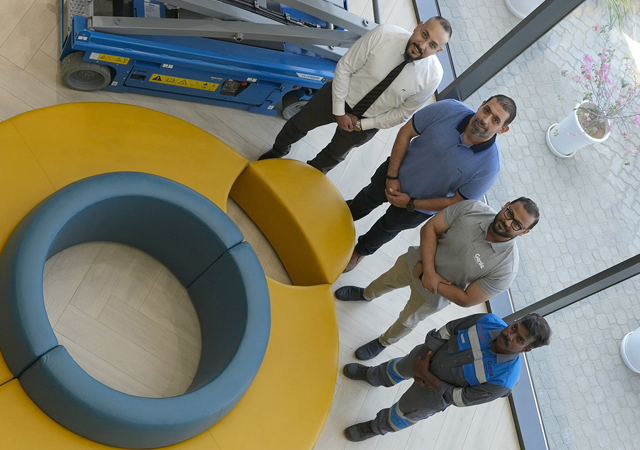
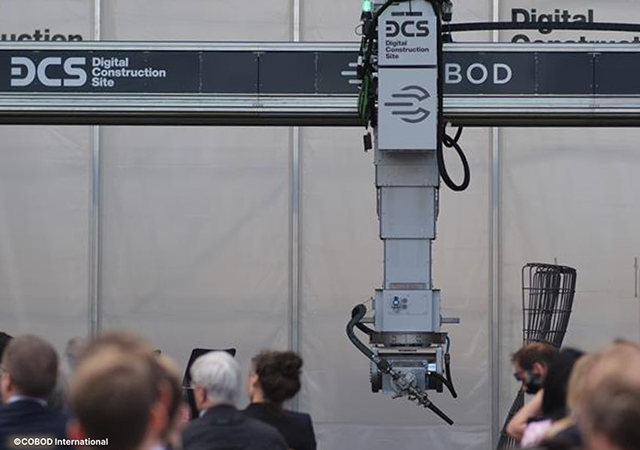
Doka (2).jpg)
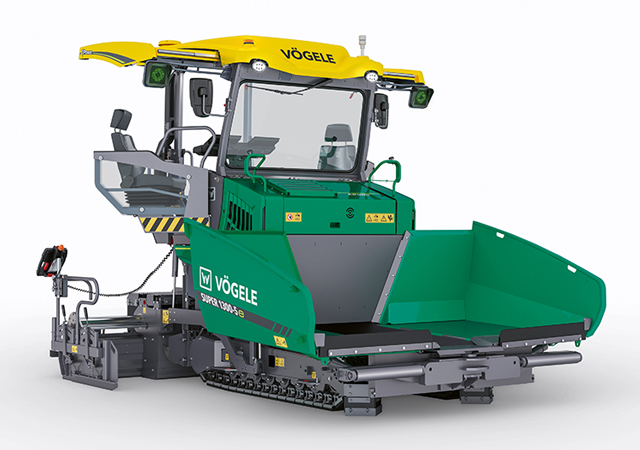


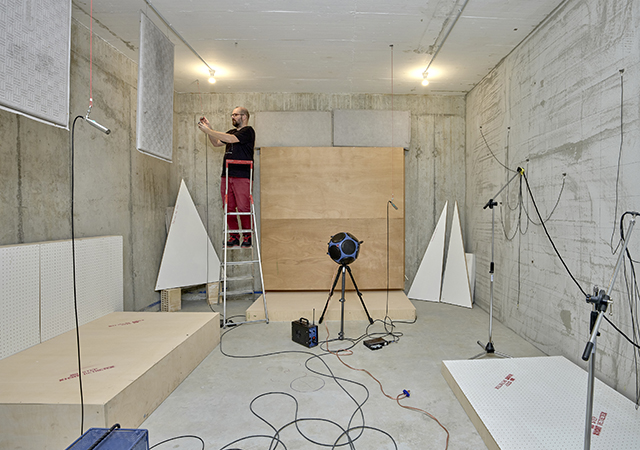
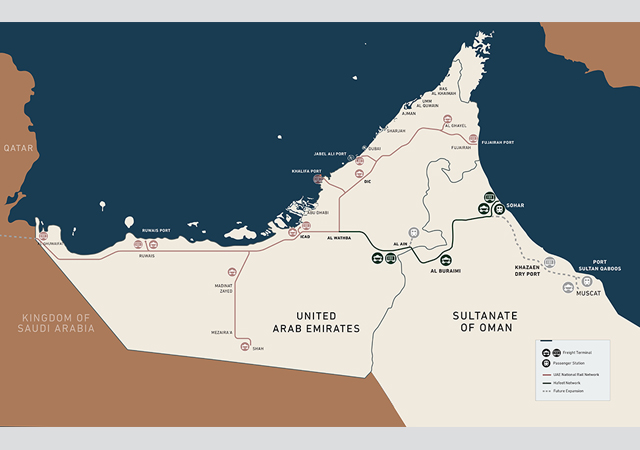
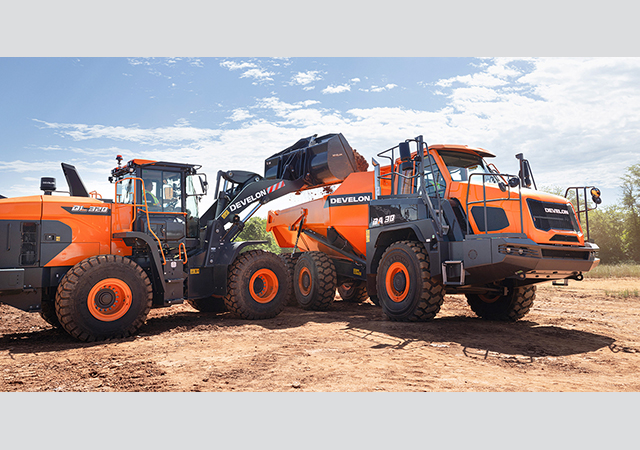


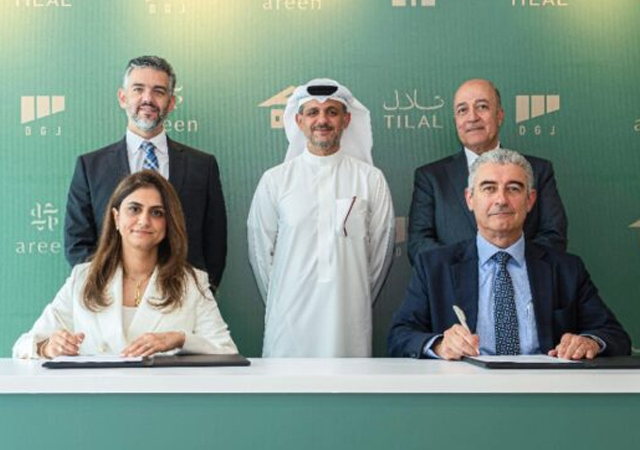







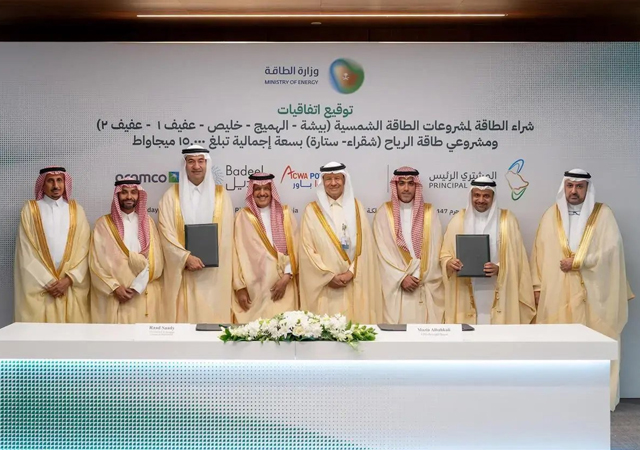
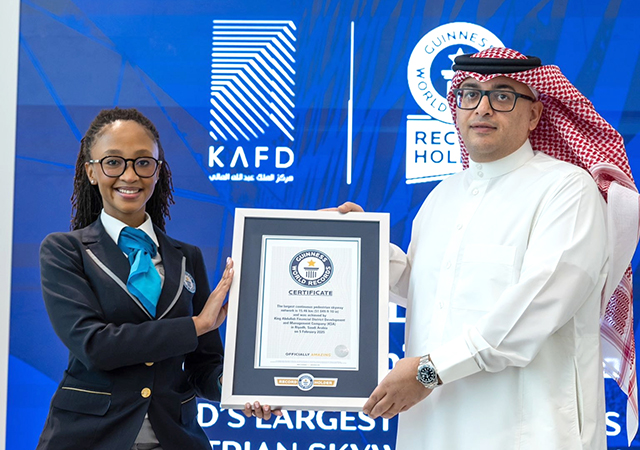

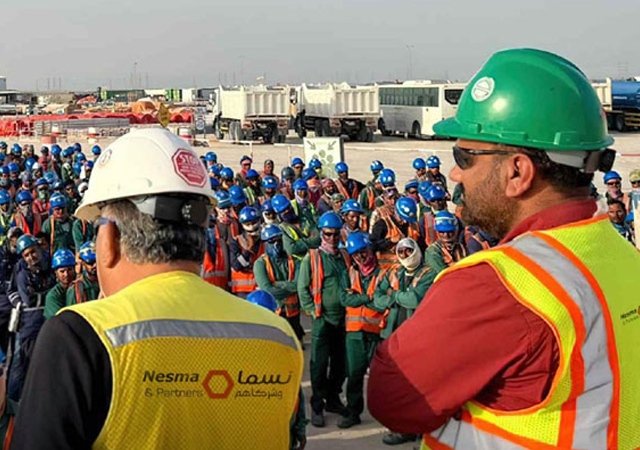

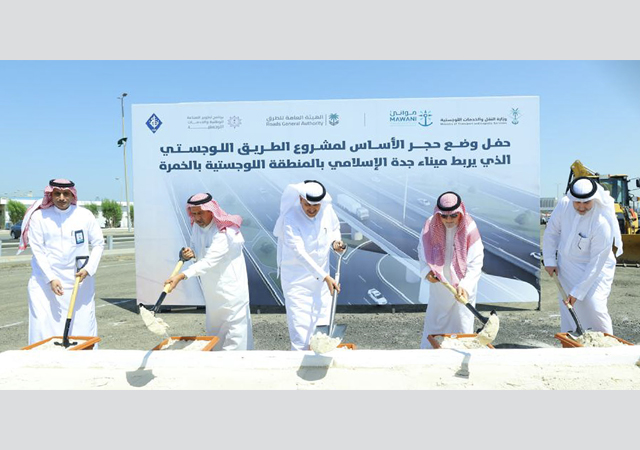









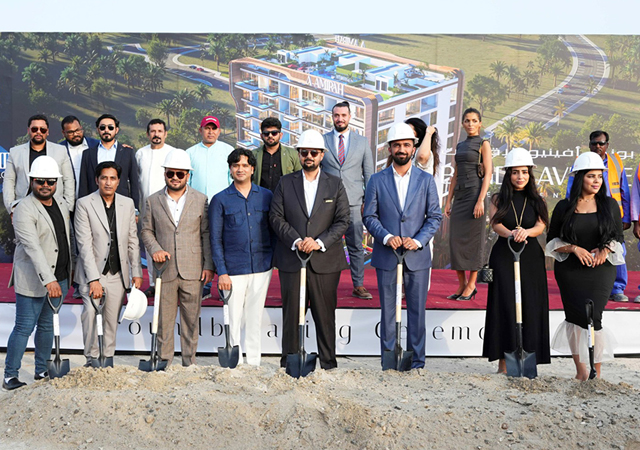








.jpg)
.jpg)
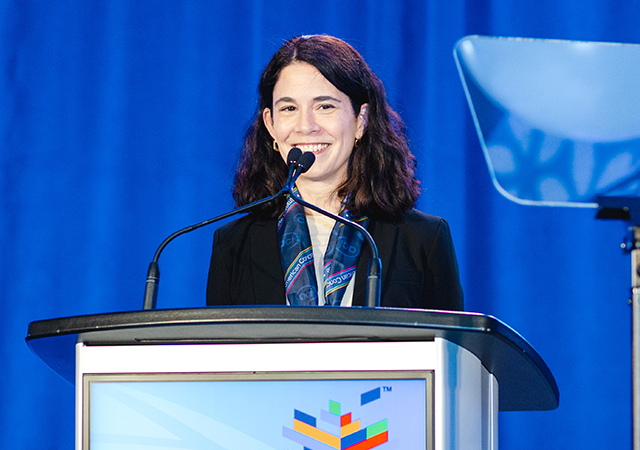
.jpg)



